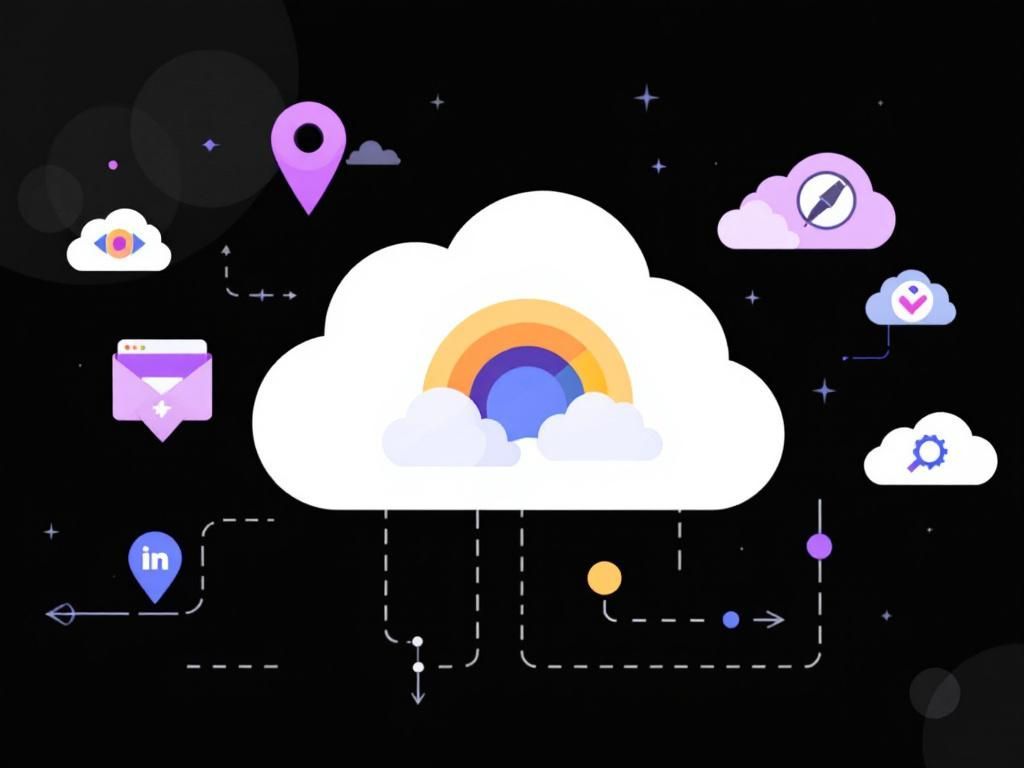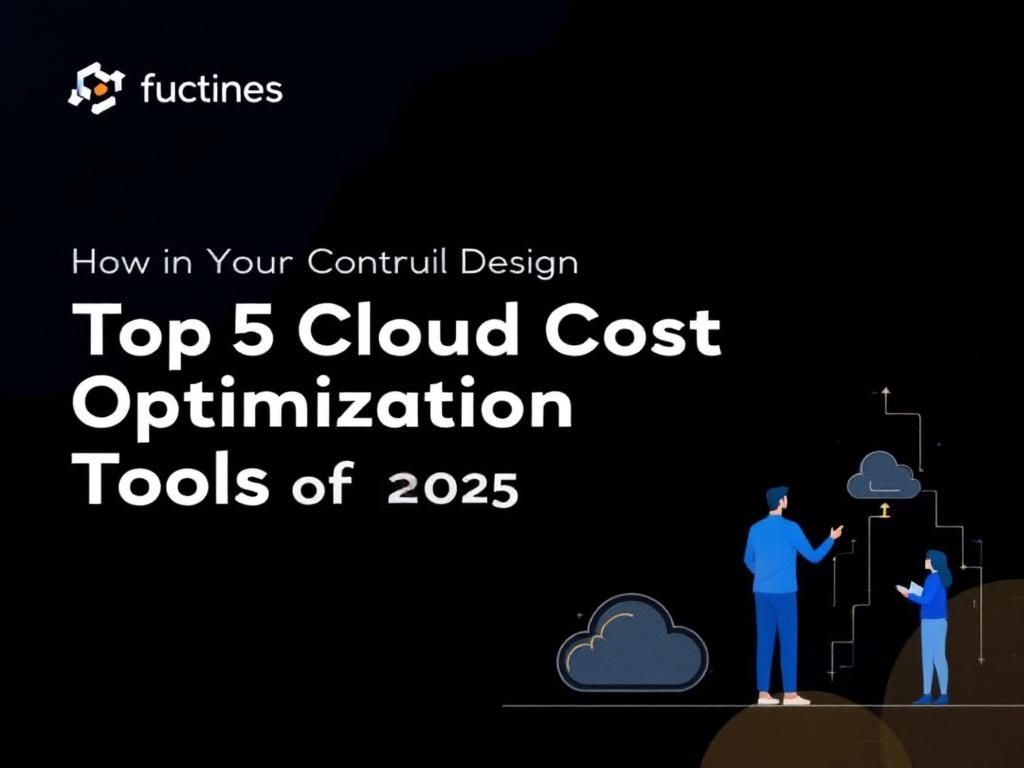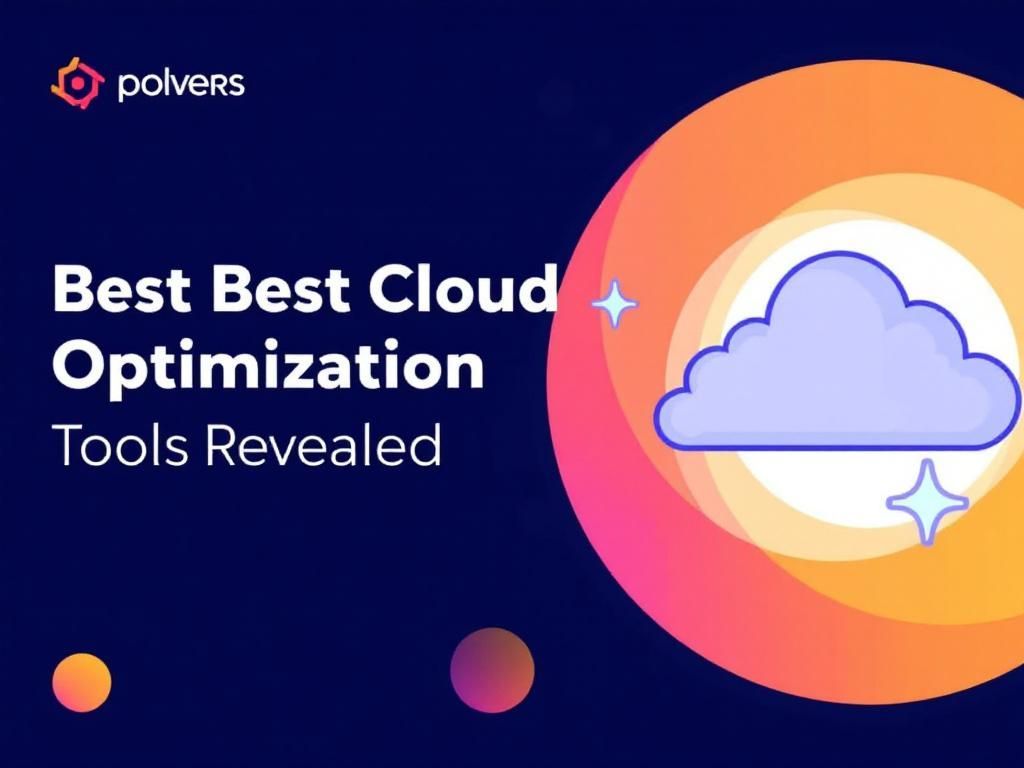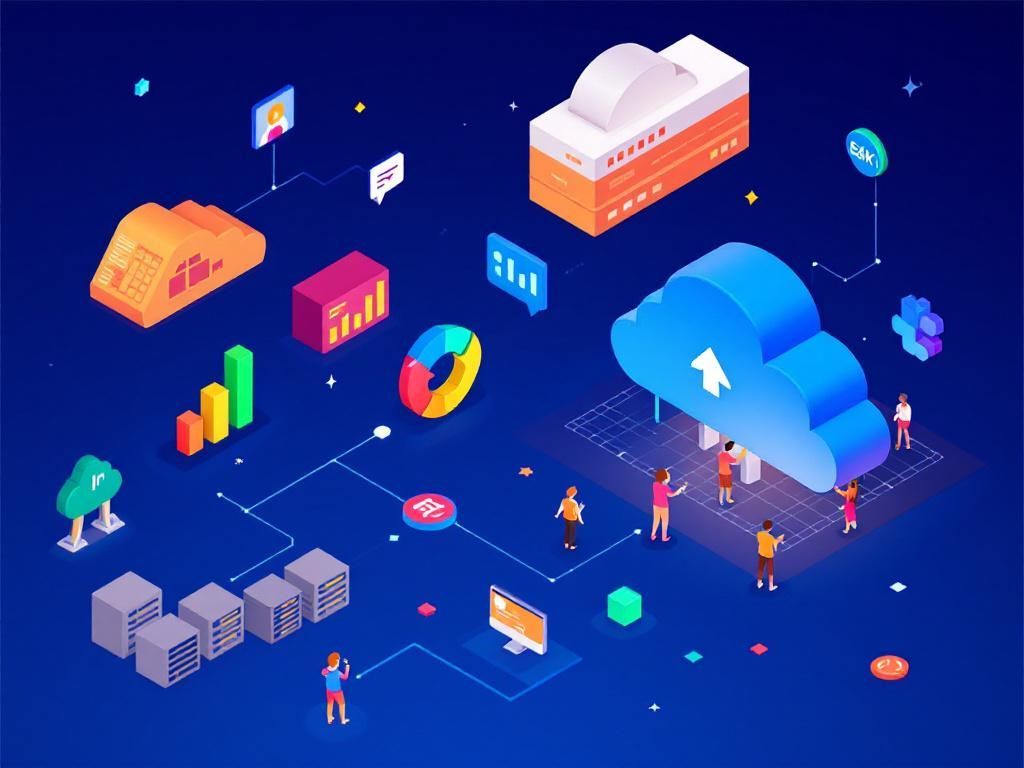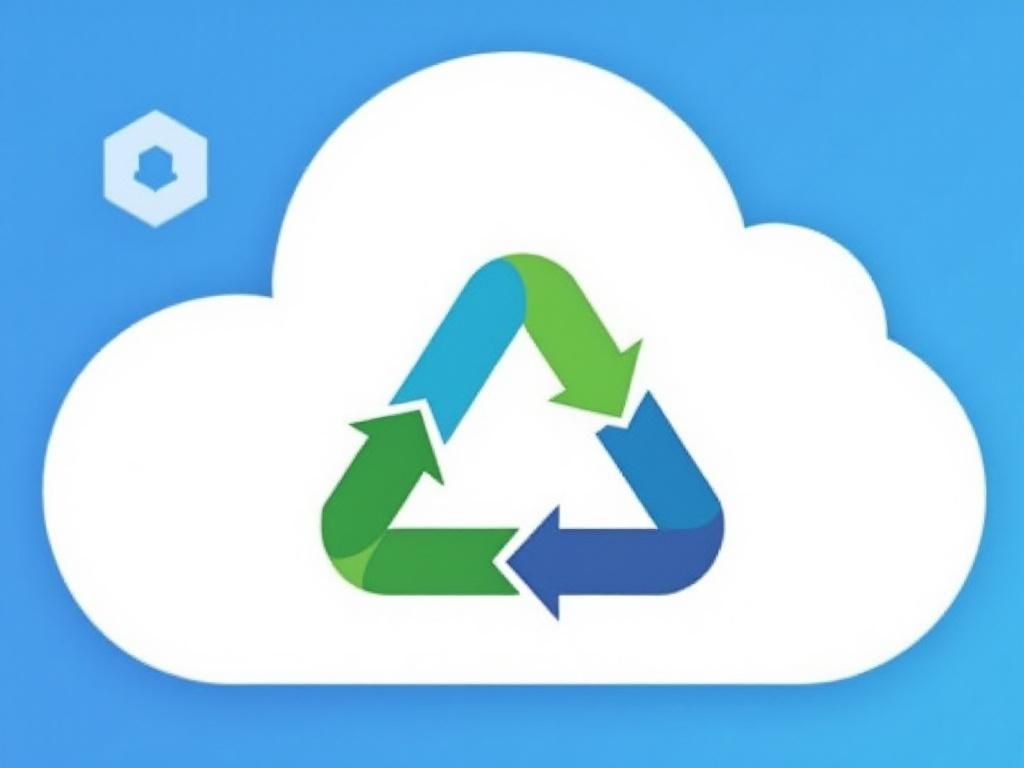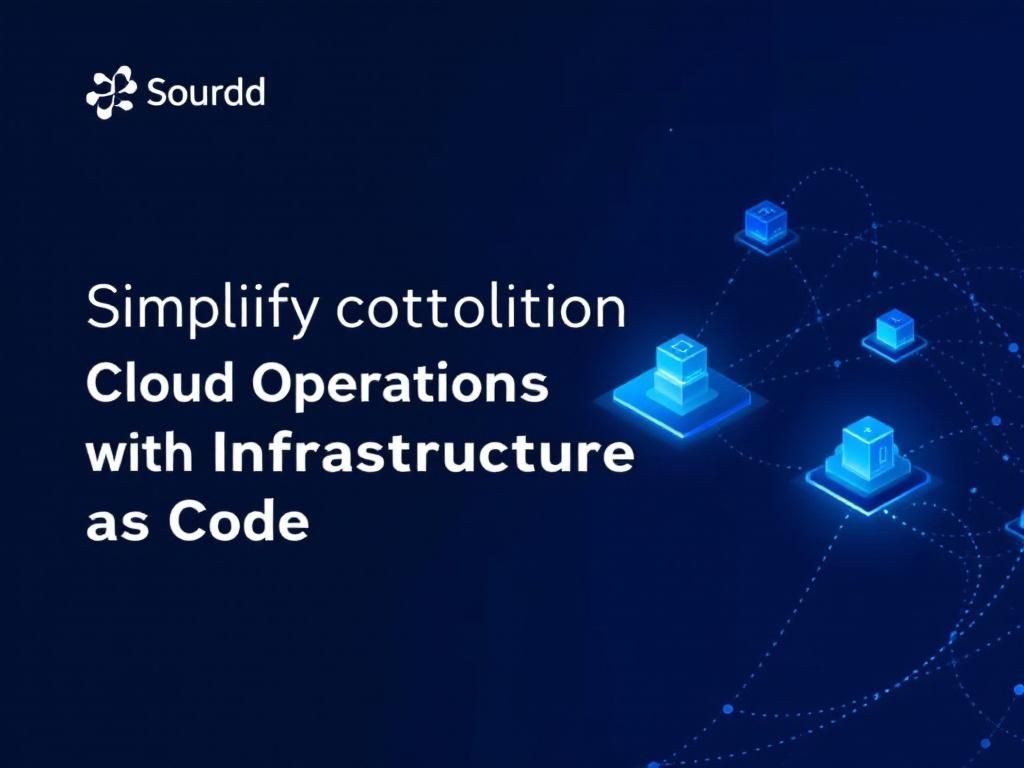Effortless Cloud Migration for Legacy Systems
Discover how to seamlessly migrate legacy systems to the cloud with minimal disruption and maximum efficiency.
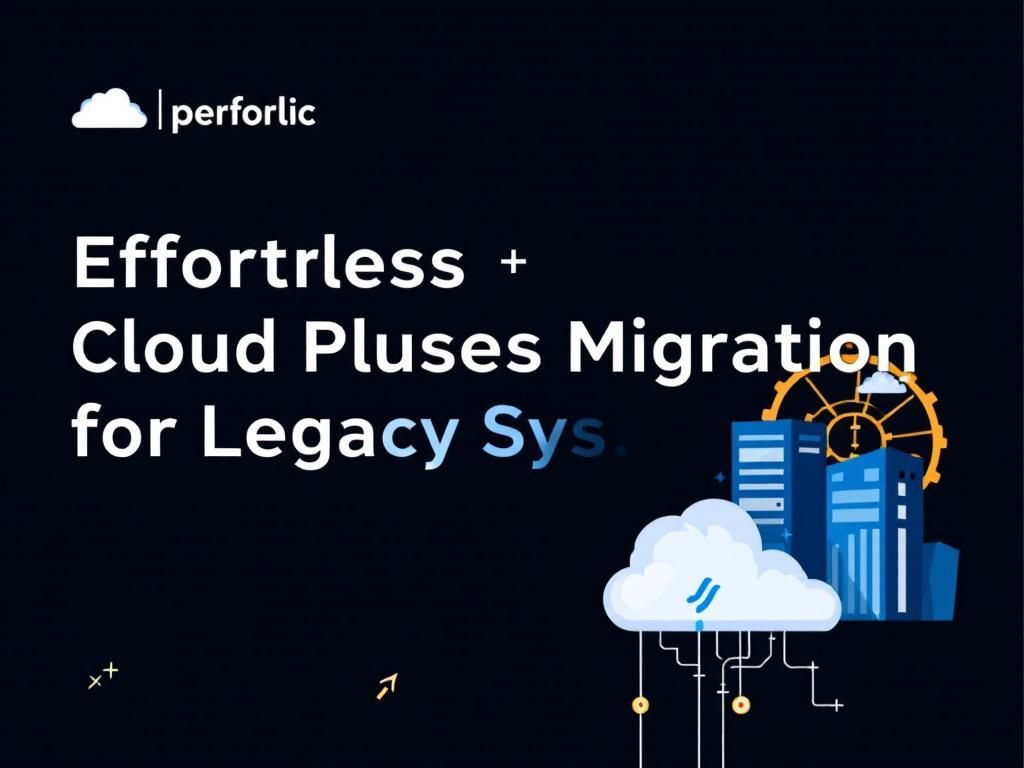
Migrating legacy systems to the cloud can feel like a daunting task for many organizations, but with the right strategies and tools, the process can be streamlined for a seamless transition. As businesses increasingly embrace digital transformation, the need for efficient cloud migration becomes imperative. This article delves into the methodologies, best practices, and technologies that enable effortless cloud migration for legacy systems, ensuring that enterprises can leverage the benefits of the cloud without disrupting their operations.
Table of Contents
Understanding Legacy Systems
Legacy systems are outdated computing systems or applications that continue to be used because they fulfill the needs of the organization, even though they may no longer be supported or efficient. These systems often pose several challenges when it comes to integration with modern technologies.
Characteristics of Legacy Systems
- Often built on outdated technology stacks
- High maintenance costs
- Incompatibility with newer software
- Limited scalability
- Security vulnerabilities
The Importance of Cloud Migration
Moving to the cloud offers organizations a variety of benefits that can significantly enhance their operations. These benefits include:
Key Benefits of Cloud Migration
- Cost Savings: Reduces the need for on-premises hardware and maintenance.
- Scalability: Easily scale resources up or down based on demand.
- Improved Security: Advanced security features and regular updates.
- Increased Collaboration: Facilitates easier collaboration among teams, regardless of their geographic locations.
- Business Continuity: Ensures data backup and disaster recovery capabilities.
Planning for Cloud Migration
A successful cloud migration requires careful planning. Without a well-defined strategy, organizations risk encountering significant disruptions during the transition. Here are the key steps in the planning phase:
Key Steps in the Migration Planning Process
- Assessment: Conduct a thorough assessment of existing applications and infrastructure.
- Define Objectives: Clearly outline the goals of the migration.
- Select a Cloud Model: Choose between public, private, or hybrid cloud models.
- Choose a Migration Strategy: Determine a suitable approach to transition (Lift and Shift, Re-architecting, etc.).
- Stakeholder Engagement: Involve all relevant stakeholders in the planning process.
Migration Strategies
There are various cloud migration strategies that organizations can adopt based on their specific needs, capabilities, and the nature of their legacy systems. Understanding these strategies is essential for ensuring a smooth migration.
Common Cloud Migration Strategies
| Strategy | Description |
|---|---|
| Lift and Shift | Moving applications to the cloud with minimal changes. |
| Re-architect | Modifying applications to take full advantage of cloud capabilities. |
| Refactor | Reworking application components while maintaining the core functionality. |
| Replace | Replacing legacy applications with cloud-native solutions. |
| Retain | Deciding to keep certain applications on-premises for various reasons. |
Tools and Technologies for Migration
There are numerous tools and technologies available to facilitate the cloud migration process. These tools can help automate various stages of migration, ensuring a smoother transition.
Popular Migration Tools
- AWS Migration Hub: Provides a single location to track migration progress across multiple AWS and partner solutions.
- Azure Migrate: Offers a centralized hub for assessment and migration to Azure.
- Google Cloud’s Migrate for Compute Engine: Simplifies the migration of virtual machines to Google Cloud.
- CloudEndure: Enables continuous replication and low-downtime migrations.
- Carbonite: Provides backup and disaster recovery solutions during migration.
Post-Migration Considerations
After migrating to the cloud, organizations must address several aspects to ensure successful cloud operation:
Critical Post-Migration Tasks
- Performance Monitoring: Continuously monitor application performance post-migration.
- Data Integrity Checks: Ensure that all data has been accurately migrated.
- Cost Management: Implement cost management strategies to avoid unexpected expenses.
- User Training: Provide training for users to adapt to the new cloud environment.
- Security Audits: Conduct security audits to identify and mitigate any vulnerabilities.
Challenges in Cloud Migration
Organizations may face several challenges during the migration process. Recognizing these challenges ahead of time can help teams prepare effective mitigation strategies.
Common Migration Challenges
- Data Loss: Risk of losing data during the transfer process.
- Downtime: Potential downtime that can impact business continuity.
- Complexity of Legacy Systems: Difficulty in integrating complex legacy systems with the cloud.
- Cost Overruns: Unexpected costs may arise during migration.
- Compliance Issues: Ensuring that all regulations and compliance requirements are met.
Conclusion
Effortless cloud migration of legacy systems is achievable with the right planning, tools, and strategies in place. By understanding the characteristics of legacy systems, the benefits of cloud migration, and the various strategies available, organizations can successfully transition to a more efficient and modern computing environment. As technology continues to evolve, embracing cloud solutions will not only enhance operational efficiency but also position organizations for future growth in a competitive landscape.
FAQ
What is cloud migration for legacy systems?
Cloud migration for legacy systems refers to the process of transferring outdated software or applications to a cloud computing environment, enabling improved performance, scalability, and cost efficiency.
Why should businesses consider migrating their legacy systems to the cloud?
Businesses should consider migrating their legacy systems to the cloud to enhance operational efficiency, reduce maintenance costs, improve accessibility, and leverage advanced cloud features like scalability and security.
What are the common challenges faced during cloud migration of legacy systems?
Common challenges include data compatibility issues, potential downtime during the migration process, application re-architecting needs, and resistance to change among employees.
How can I ensure a smooth cloud migration for my legacy systems?
To ensure a smooth cloud migration, businesses should conduct thorough planning, assess their current systems, choose the right cloud service provider, and consider a phased migration approach.
What are the benefits of using a cloud migration service for legacy systems?
Using a cloud migration service can provide expert guidance, reduce the risk of errors, ensure compliance with regulations, and save time and resources during the migration process.
Is it possible to migrate legacy systems to a hybrid cloud environment?
Yes, it is possible to migrate legacy systems to a hybrid cloud environment, allowing businesses to maintain some on-premises resources while leveraging the cloud for enhanced flexibility and scalability.


